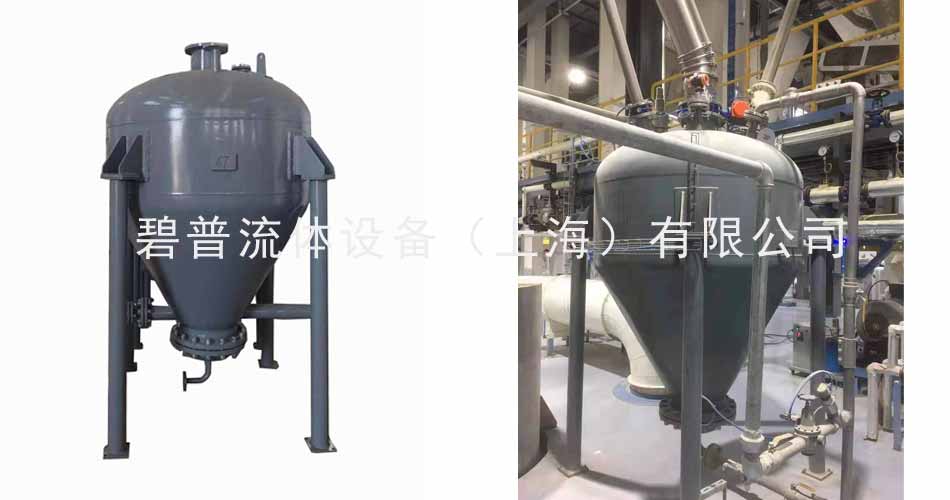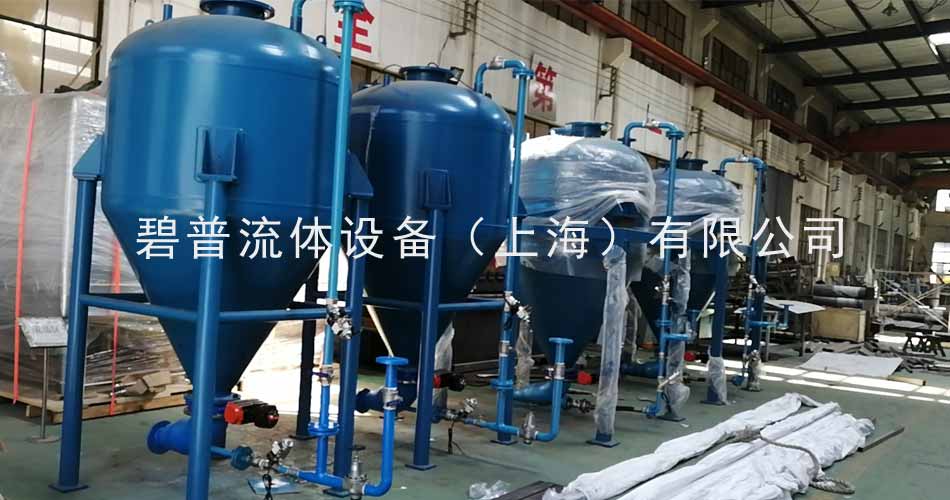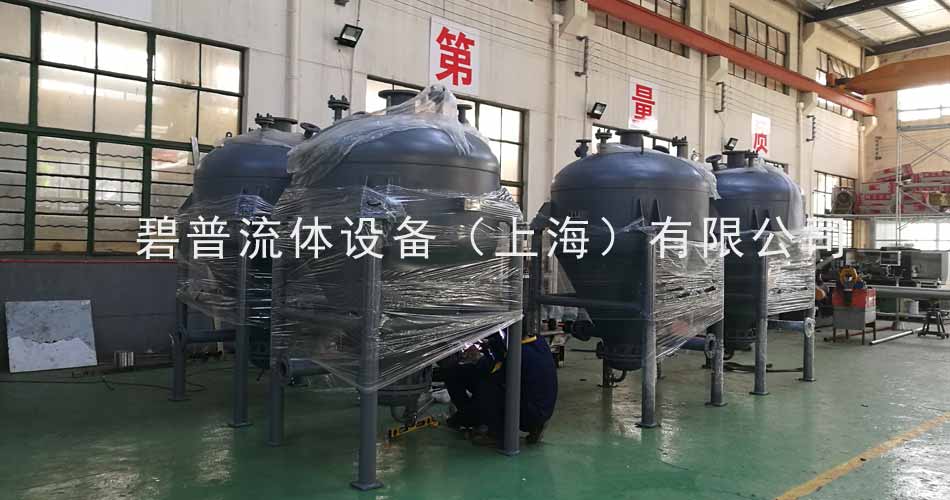As shown in the diagram (bottom discharge): A standard silo pump features intake and discharge valves, a material conveying pipeline, an air intake pipeline, and a material silo. Before the silo pump is loaded, the material to be conveyed is already in the silo, and all valves are closed. The entire operation process is as follows:
1. Loading: Open the intake valve and the exhaust valve. The silo pump is filled under normal pressure until the level indicator signals that the silo is full.
2. Pressurization: Close the intake and exhaust valves, then open the high-pressure air valve to pressurize the interior.
3. Start of Conveying: Once the operating pressure is reached, open the conveying air valve and the discharge valve to begin transporting the material.
4. End of Conveying: Use a pressure transmitter, level indicator, or time relay to signal the end of the conveying process. At this point, close the high-pressure air valve and the discharge valve, so that all compressed air is used to purge the conveying pipeline. Simultaneously, open the exhaust valve to reduce the pressure inside the tank to atmospheric level. After completing one cycle, the next cycle begins.








